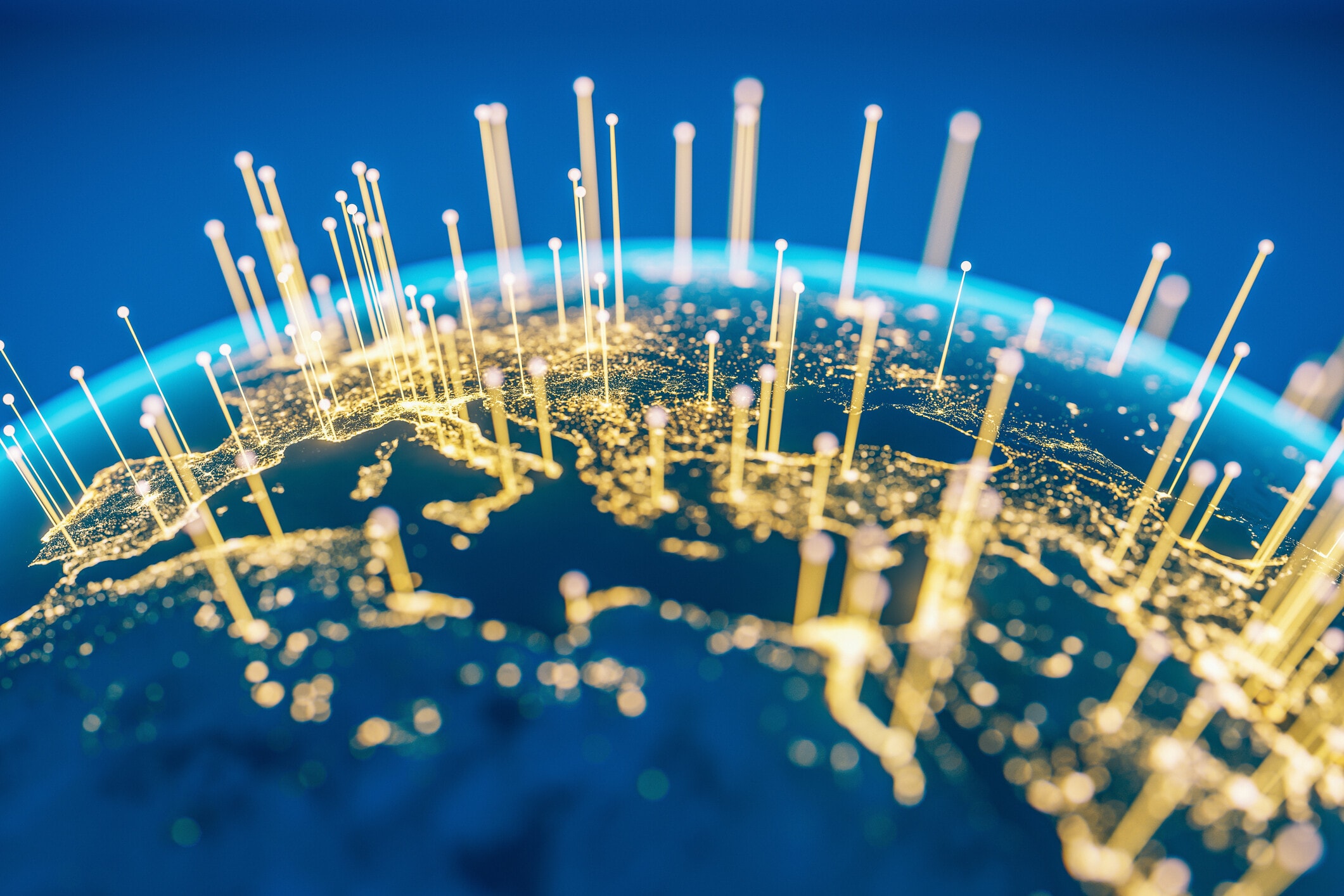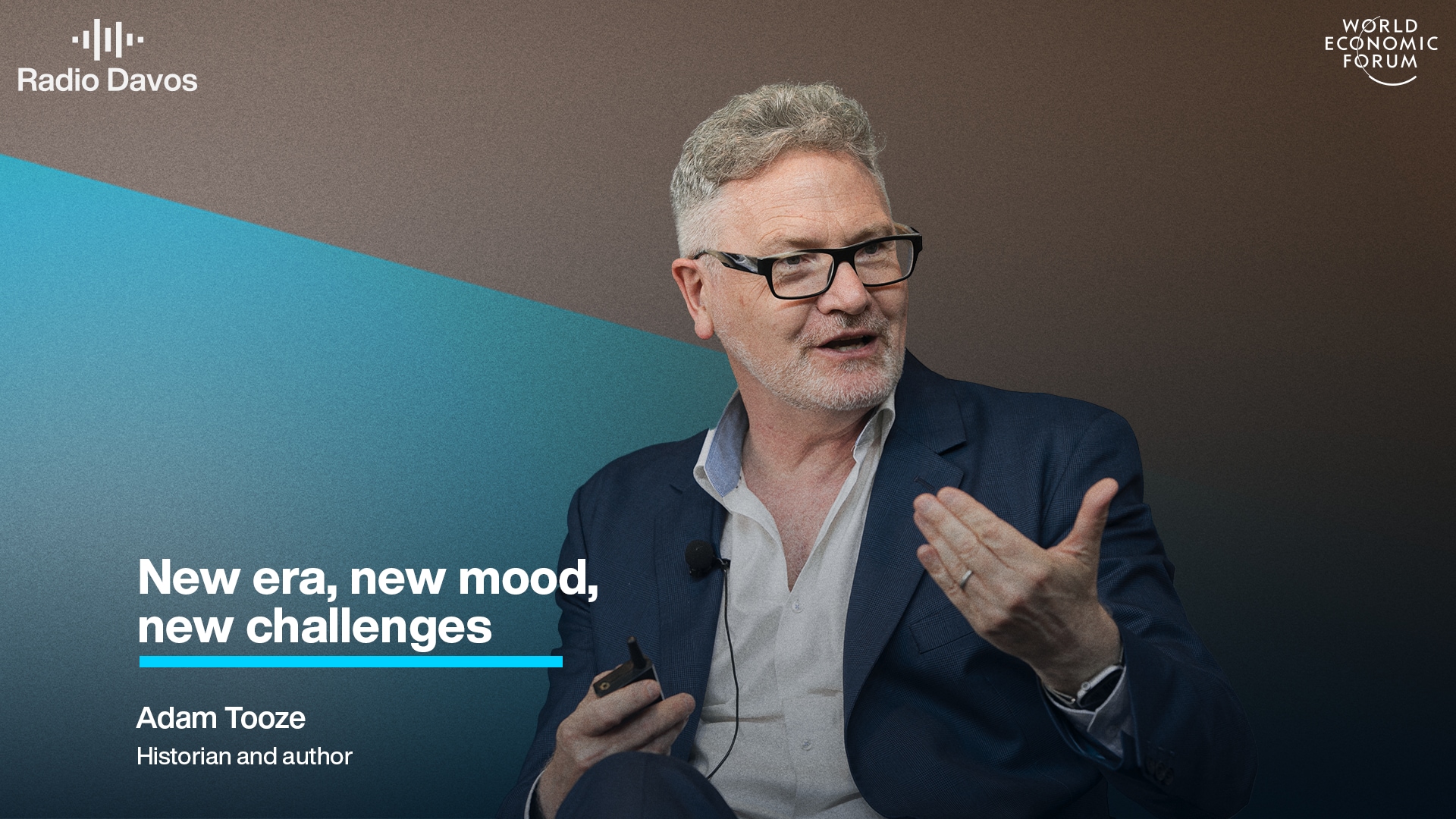Black swans, gray rhinos and silver linings: Anticipating geopolitical risks (and openings)

Global firms need to bolster their ability to anticipate geopolitical risk and build resilience.
Image: Pexels/RODNAE Productions
Stay up to date:
Geo-economics
- Disruptions related to the war in Ukraine are still being felt around the world, including those in energy, food security, supply chains and more.
- In this article, McKinsey highlights the urgent need in volatile times for businesses to have board-level strategic conversations on geopolitical risk.
- The consultancy firm outlines it's framework for geopolitical scenario planning and the three categories it uses to assess such events, whether unpredictable, probable or offering opportunity.
Russia's invasion of Ukraine in February 2022 triggered more than 1,000 companies to curtail their operations in the world’s 11th biggest economy, revealing an imperative for global firms to bolster their ability to anticipate geopolitical risk and build resilience.
The global order still reels from disruptions related to the war in Ukraine, including those in energy, food security, supply chains, and more. A central concern among global CEOs who speak with us is whether and how they will contend with additional geopolitical ruptures when they occur. As Japan’s prime minister, Fumio Kishida, stated at the 2022 Shangri-La Dialogue global security forum, “Ukraine today may be East Asia tomorrow.”
In between navigating the fallout from Europe and unfolding strategic competition in Asia, multinational corporations must also manage a host of long-tail political risks and conflicts across other geographies, including Africa and South Asia.
Even as boards and CEOs work to build capabilities in managing such risks and developing geopolitical resilience, the imperative to lift one’s gaze and look around the corner has become key to strategy and performance. Scenario planning is squarely back.
In the extensive literature on scenario planning, notably Peter Schwartz’s The Art of the Long View, a core point is the need to develop frameworks, with colorful and gripping language, that help leaders “reperceive” the future and unlock strategic foresight.
The imperative to lift one’s gaze and look around the corner has become key to strategy and performance—scenario planning is squarely back.
”To facilitate such reperceiving, we outline a framework for geopolitical scenario planning that categorizes geopolitical events in three ways: black swans, gray rhinos, and silver linings.
Evolving from scanning to planning across these categories, leaders should develop lookouts as an early-warning system and full-scale contingency plans for a core subset of geopolitical risks.
The concepts “black swan” and “gray rhino” are widely known and intuitively understood by many corporate leaders we have engaged. We seek to go further, offering an integrated, broadly additive framework for global companies that seek to distill geopolitical complexity and to structure their strategic conversations amid a fragmenting global order.
Reperceiving with multiple lenses
In scanning for scenarios, organizations must first purposefully cast a wide net, rounding out their thinking with an appropriate mixture of internal and external perspectives.
Internal perspectives may combine expertise in the organization from country team leadership with that from internal public affairs, legal, risk, and security professionals. External perspectives may range from retaining a political risk advisory group that has an arm’s-length view; to scanning public source materials, such as the World Economic Forum’s Global Risk Report or governmental sources such as the US National Intelligence Council’s Global Trends and similar strategic assessments commissioned by EU institutions; to leveraging insights from academic, policy, media, and nonprofit arenas.
The resulting scenarios can be viewed through three lenses:
Black swans
Black swans are commonly known as unpredictable events with high impact. Notwithstanding Russia’s overt military buildup in 2021, its proceeding to a full-scale invasion of Ukraine was arguably the core case study in 2022. While black swans are inherently unpredictable, pushing one’s thinking to anticipate as wide a range of scenarios as possible is critical for sound planning and preparedness. Potential black swans could run the gamut from the political implosion of a major economy; the forcible removal of a leader or a government; a significant regional military conflict; an unprecedented climate event that results in mass casualties, waves of migration, and famine; to another pandemic.
Gray rhinos
In contrast to the unpredictable nature of black swans, gray rhinos are probable events with high impact. We see these risks out there in the distance, but we don’t clearly perceive their full dimensions. We’re sure they will charge at us, causing material damage, but we don’t know precisely when or how much. Organizations must ensure that they have a framework in place to clear out of the way of gray rhinos when they charge. Sometimes, multiple gray rhinos may stampede simultaneously, resulting in an even more appropriately termed “crash” of rhinos (as a group of rhinos is called).
Among the gray rhinos on the global radar is the risk of regional conflicts in Asia escalating amid broader strategic competition. Other imminently charging rhinos may include a major escalation in the Middle East, with cooling relationships and international and domestic pressure against specific regimes that cause an uptick in direct or proxy conflict.
Silver linings
In the maelstrom of geopolitical risks, organizations must step back and calmly assess openings and opportunities that allow them to operate in a safe zone and potentially garner competitive advantage. These “silver linings,” as we call them, can be fragile and readily blurred out by storm clouds, and yet they are within the reach of leaders who exhibit strategic courage amid the volatility.
For example, one opening around Russia’s invasion of Ukraine has been a material disruption of Europe’s energy market and the opportunity for an accelerated renewable-energy transition, whereby Europe can potentially lead the world. Another silver lining when geopolitical tensions constrain supply chains is the emergence of pivot geographies, such as India and Vietnam, as additional opportunities for investment amid “friendshoring.”
How is the World Economic Forum facilitating the transition to clean energy?
From scanning to planning
A strategic conversation about black swans, gray rhinos, and silver linings should lead to an aligned understanding within an organization of which two to three scenarios have the most material effect on an organization. Teams supporting leadership should develop a set of clear lookouts for tracking the risk scenarios and trends, whether in a positive or a negative direction. The lookouts might include key economic, political, military, and regulatory developments.
Equipped with a targeted set of scenarios with key lookouts, we recommend narrowing down to one to two scenarios that fuse thought with action. Specifically, the organization should engage in active contingency planning on a host of dimensions that include data and networks, internet protocols, people, partnerships, repatriation of funds, and security.
Shape or be shaped?
Anticipating the environment that can shape an organization is critical, but many leaders we speak with also think about defining their role in shaping the geopolitical environment around them.
Indeed, CEOs increasingly expect to take positions on geopolitical matters. According to the 2022 Edelman Trust Barometer Special Report: The Geopolitical Business, 59 percent of respondents state that addressing geopolitics is a top priority for business. The point, however, is not simply about taking a stand. Leaders within multinational corporations also are reflecting on appropriate ways to inform policy in a more polarized geopolitical environment.
The CEO of a leading Asian company, for example, shared with us how his country’s national-security leadership invited him to a briefing where the central point of discussion was “which country poses the biggest threat” to their own country. He shared his bemusement at the question, saying “Armies are always searching for enemies,” but also reflected philosophically on his own role, as one of his country’s top business leaders, in informing the discussion.
As such, an organization should also consider how to employ its voice, whether through its board, CEO, public or government affairs, or business associations—and how best to inform policy makers about diligently thinking through the potential consequences of their decisions.
An organization should consider how to employ its voice and how best to inform policy makers about diligently thinking through the potential consequences of their decisions.
All the notions we thought solid, all that made for stability in international relations, all that made for regularity in the economy . . . in a word, all that tended happily to limit the uncertainty of the morrow, all that gave nations and individuals some confidence in the morrow . . . all this seems badly compromised. Never has humanity combined so much power with so much disorder, so much knowledge with so much uncertainty.
—Paul Valéry, “Historical Fact” (1932)
These words, penned in an essay nearly a century ago by French poet Paul Valéry (and excerpted from the opening of The Art of the Long View), resonate today. Valéry was associated with the Symbolist movement in poetry, a group of late 19th-century French writers who favored imagination over realism in poetry in order to access “greater truths.”
In our era of volatility, the need for board-level strategic conversations on geopolitical risk is vital. These discussions should channel all participants’ imagination and analysis.
Doing so, of course, requires not just a compelling framework. It also demands professionals who have the trust of the leadership—and a leadership team with a common understanding of the geopolitical context. This understanding, refreshed through briefings and policy papers, enables the decision makers to think broadly, creatively, and deliberatively.
Combining those elements, we pose this two-part question:
What are your organization’s black swans, gray rhinos, and silver linings, and how will you manage and seize the corresponding risks and openings?
Accept our marketing cookies to access this content.
These cookies are currently disabled in your browser.
Don't miss any update on this topic
Create a free account and access your personalized content collection with our latest publications and analyses.
License and Republishing
World Economic Forum articles may be republished in accordance with the Creative Commons Attribution-NonCommercial-NoDerivatives 4.0 International Public License, and in accordance with our Terms of Use.
The views expressed in this article are those of the author alone and not the World Economic Forum.
Forum Stories newsletter
Bringing you weekly curated insights and analysis on the global issues that matter.
More on Geo-Economics and PoliticsSee all
Mark Esposito
July 24, 2025
Aengus Collins
July 15, 2025
Guy Miller
July 15, 2025
Vijay Eswaran
July 7, 2025






